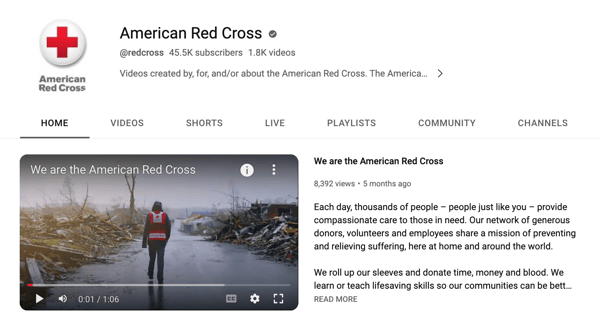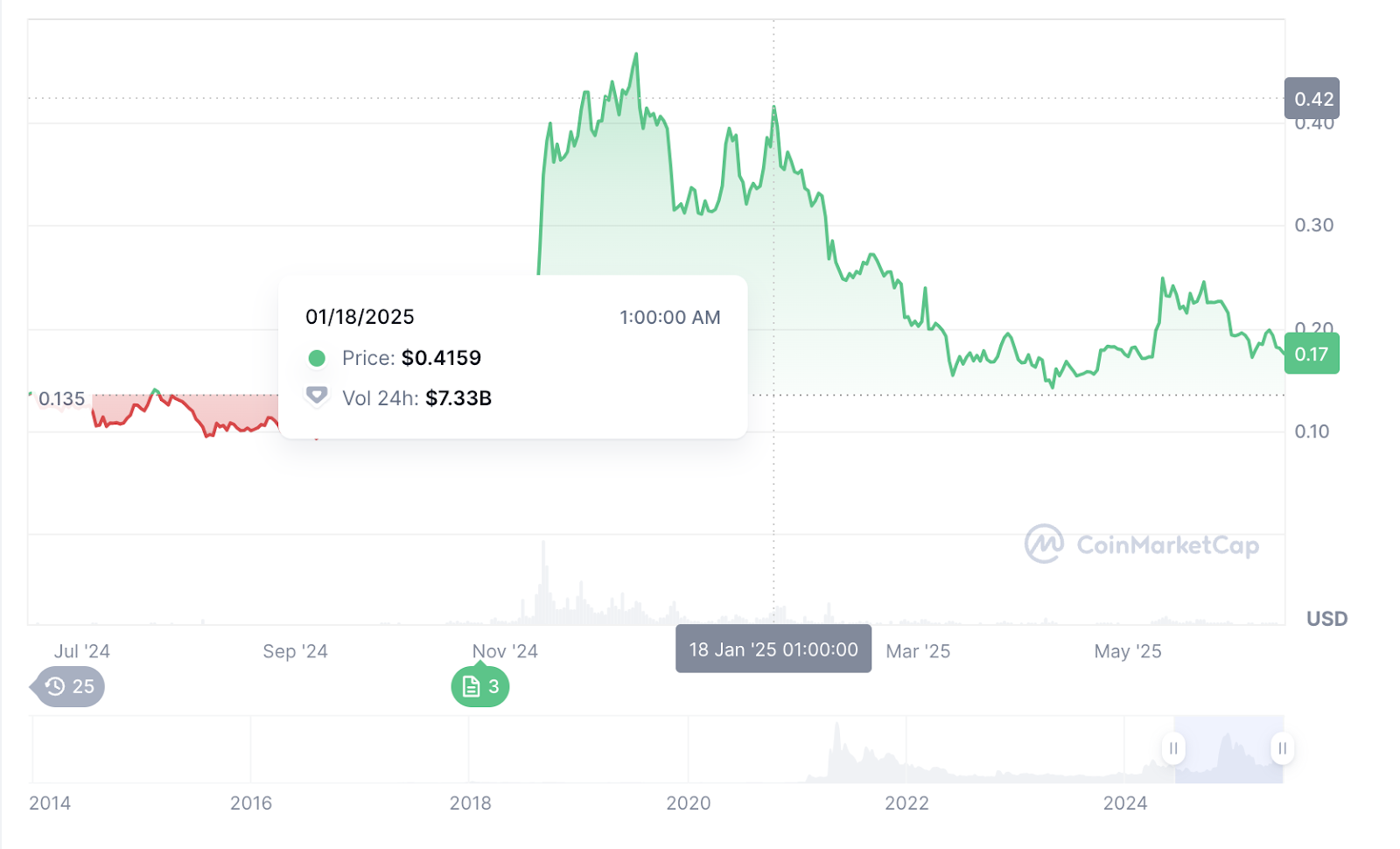Google for Nonprofits is a membership program for nonprofits based in the U.S. and U.K. (with country-specific programs). Though it has eligibility requirements, once accepted, you have access to free Google products.
Organizations like Kiva, BeatBullying, UNICEF, and charity: water are part of the Google for Nonprofits community. Each of these groups has used Google’s tools to heighten their awareness, particularly through Google Ads, YouTube, and Google Workspace, among other features.
![Download Now: Nonprofit Marketing & Fundraising Trends for 2022 [Free Report]](https://no-cache.hubspot.com/cta/default/53/6193b715-2ba9-4c6d-add0-681edfcae689.png)
Below, we’ll share the details of this free program so you can capitalize on these invaluable resources — five of which are shared below — that can be game-changers for your organization’s online awareness and fundraising campaigns.
5 Google for Nonprofit Tools
- Google Workspace for Nonprofits
- Google Ad Grants
- Google Analytics
- YouTube for Nonprofits
- Google Earth and Maps
1. Google Workspace for Nonprofits
Google Workspace for Nonprofits includes 30 GB of cloud storage, professional email addresses, and access to Google’s collection of apps: Gmail, Docs, Sheets, Drive, Calendar, Slides, Forms, Meet, Sites, and more.
The benefit of these apps cannot be understated. For instance, if your team is disbursed in the field or operates in different countries, you can share and store information securely with Google Drive. Meanwhile, you can communicate online with people in various countries with Gmail and stay up-to-date on events with Google Calendar.
 Image Source
Image Source
Example: Google Workspace in Action
Samasource uses the various tools available to it through the program to connect about 850 people in five countries. Using Google Drive to communicate and share information across a vastly distributed workforce has been very important for training and tracking the organization’s projects across the world.
2. Google Ad Grants
Google Ad Grants (formally known as Google Grants) is a $10,000 monthly grant given to organizations looking to advertise on Google with text-based ads.
With the potential of driving 10,000 to 40,000 new visitors a month to your website, using this grant to attract new constituents to engage with your organization online is a no-brainer. Here are 10 tips for success with Google Ad Grants.
Example: Google Ad Grants in Action
Direct Relief International started using Google Ad Grants in 2003. Google helped the group revise its marketing plan, consisting of eight campaigns in paid search and remarketing, including 150 newly created text ads for an end-of-year giving campaign. Recently, the organization saw a 44% year-over-year increase in the number of online donations and a 40% bump in total dollars donated online just from Google Ads.
3. Google Analytics
Once you activate a Google Grants account, you can link it to Google Analytics.
Google Analytics provides your nonprofit with information on how people find and interact with your website and eventually take action to support your mission.
For Kate Lesniak, Principal Strategist at HubSpot, Google Analytics is critical for understanding what content actually converts.
“When it comes to nonprofits, understanding what pages and messages are drawing in casual visitors to become volunteers, advocates, or donors is fundamental to a sustainable content strategy,” she told me. “Rather than cranking out content with limited staff time, Google Analytics will help you hone in on what’s effective.”
With Google Analytics, you can:
- Measure the engagement of your supporters with your website.
- Determine which of your AdWords ads are most effective.
- Identify and understand how volunteers, donors, and stakeholders interact with your website.
- Track the effectiveness of social media for your campaign.
4. YouTube for Nonprofits
Video is a great medium to connect with a large audience and inspire them to support your organization.
Not only can your nonprofit use YouTube to share videos about your organization, its events, its achievements, and even to say thank you, but you are also able to collect donations through it.

With YouTube, your nonprofit is able to:
- Drive viewers to action by placing a call-to-action overlay directly on your videos.
- Customize the look and feel of your channel with your organization’s logo and branding.
- Boost fundraising by setting up a YouTube Giving fundraiser to help raise money and rally support for your cause.
Example: YouTube for Nonprofits in Action
The Anaheim Ballet has utilized YouTube to “make ballet accessible to a broad audience and collect donations from the community.” The group is able to tell stories of their dancer profiles, show behind-the-scenes rehearsals, and display instructional videos.
YouTube gives Anaheim Ballet a global stage to perform and also eliminates the barrier of entry to viewing the performances. The organization also gets feedback on its performances from its viewers by asking questions during videos.
5. Google Earth and Maps
Showing the impact of your work in the field is a constant challenge, but it’s necessary for inspiring and attracting supporters and driving attention to your nonprofit.
With Google Earth and Maps, you can visualize the impact of your organization.
For instance, you can:
- Create a donor map where donors can see how their contribution is making an impact.
- Take supporters on location with custom maps of your project sites.
- Create data visualizations to track and share your organization’s impact.
Let’s look at an example below from the Jane Goodall Institute.
Example: Google Earth Outreach in Action
With the goal of preserving African great apes and their habitat, the Jane Goodall Institute uses Google Earth to capture and share information about forest loss.
Due to Google Earth’s ability to visualize data, these maps present a sobering and compelling illustration of disappearing habitats.
With tools like Google Earth at its disposal, the Jane Goodall Institute can effectively educate and empower potential donors, local communities, and government representatives to manage and monitor their forests.
How to Register for Google for Nonprofits
To register for Google for Nonprofits, you must be a registered 501(c)3 nonprofit organization in the U.S. or an organization in the U.K.
To apply for a Google for Nonprofits membership, go here and follow the basic steps below. Make sure to review the eligibility requirements before applying, as some types of organizations are not eligible.

Credit: Source link











